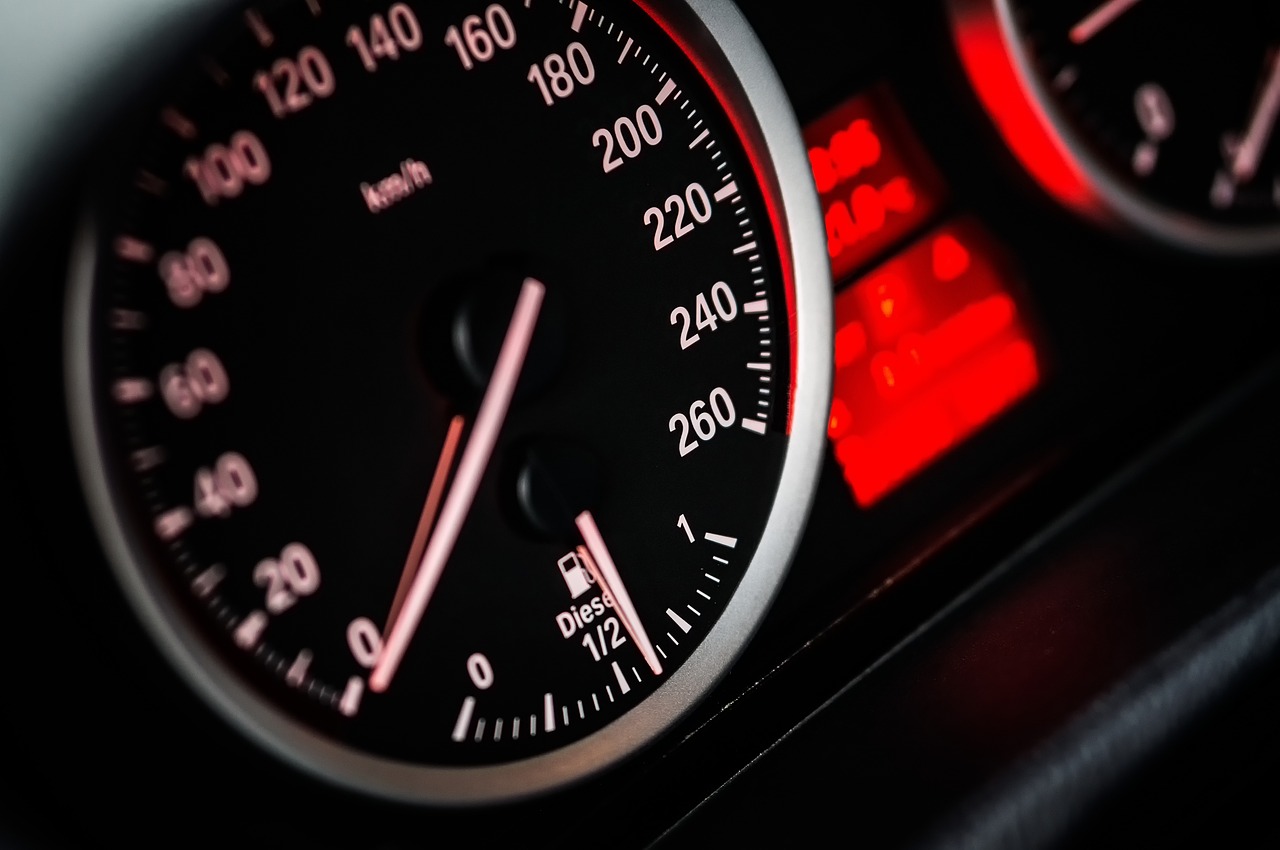Government passenger safety and security initiatives and increasingly restrictive emissions standards are propelling growth in the global automotive sensor market, according to Million Insights’ global automotive sensor market report 2022.
Automotive sensors that improve driver safety, security, and comfort were worth $18.68 billion in 2014. By collecting and processing data on speed and heat, then taking preventative measures to avoid collisions, as well as providing information on fuel-efficiency and car comfort features formerly available only on high-end models, the number of sensors per vehicle is also increasing.
Autonomous vehicles also drive sensor device demand to process intelligent data and make autonomous decisions. Google’s self-driving cars make use of quad-core PCs that process more than a thousand laser measurements to arrive at 20 driving decisions per second.
Product Insights
Image-sensing devices as part of Advanced Driver Assistance Systems that automate parking, provide adaptive cruise control and lane departure warnings are now often standard consumer vehicle tech. Proximity and positioning devices make use of temperature and pressure sensors. That segment, valued at $4.60 billion, should grow at a CAGR of 8.2% from 2015 to 2022.
Physical property devices are utilized to measure physical parameters like speed, motion, vibration, and force. The segment had a 24% revenue share in 2014 and will dominate through 2022.
Application Insights
The application segment consists of safety and security, emission control, engine, and drivetrain sensors. Safety and security accounted for over 24% of overall revenue in 2014 and is anticipated to grow at a CAGR of 10.4% from 2015 to 2022. Sensing devices for security and safety applications evaluate tire inflation and speed. For example, Jaguar F-types use these sensors to monitor blind spot and closed vehicle sensing, then alert the driver to nearby vehicles via a mirror warning indicator.
Other features that have been rapidly adopted include anti-lock brakes, rollover detection, electronic stability control and TPMS. The engine and drivetrain segments led global revenue share of $6.66 billion in 2014.
Devices based on MEMS show the most promising growth due to their reduced costs and their diverse applications range: chassis, control, security, powertrain and body electronics. They measure pressure, flow, inertia and other parameters.
For monitoring and regulating combustion temperatures, emission control devices are used. Increasingly stringent global emissions controls will contribute to growth in this sector. EPA regulations enacted in 2007 and 2010 greatly minimize the allowable discharge of fuel nitrogen oxides and diesel particulate matter.
Regional Insights
Asia Pacific, with more and bigger Chinese and Indian vehicle manufacturers, leads in automotive market segment growth regionally. It’s anticipated to grow at a CAGR of 9.9% from 2015 to 2022.
Europe accounted for over 22% of the revenue share in 2014, while North America is anticipated to grow at a CAGR of 8.6% from 2015 to 2022.
The U.S. Federal Motor Carrier Safety Administration’s goal of minimizing commercial vehicle crashes by working closely with the trucking industry to provide, test, and monitor onboard safety system, is one of the factors in North American growth.
Competitive Market Share Insights
The key players in the industry are Delphi Automotive, Analog Devices, Freescale Semiconductor, Sensara, Denso Corporation and Robert Bosch. Denso Corporation and Robert Bosch dominated the overall share of automotive sensor market at more than 25% in 2013.
Global Automotive Sensor Market is available here.
Source: Million Insights

